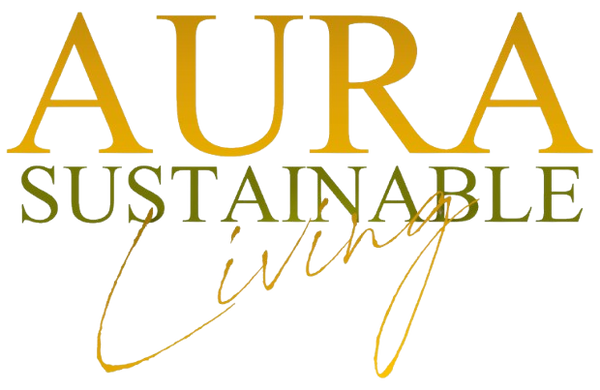How to assess the sustainability of a Product
Share
Sustainability isn’t just about the material or product itself — it's also about how it's made, transported, used, and eventually disposed of.
To assess whether an item is sustainable, we usually look at the full life cycle of the product, often called a Life Cycle Assessment (LCA). Here's how we can evaluate it step by step:
✅ Key Factors to Decide If an Item is Sustainable
-
Material Origin
-
Renewable or non-renewable?
-
Grown with low environmental impact? (e.g., organic cotton vs. conventional cotton)
-
Natural or synthetic? (e.g., bamboo vs. polyester)
-
-
Production Process
-
How much energy, water, and chemicals are used?
-
Are toxic by-products released?
-
Is the labor ethical and safe?
-
Are local communities impacted positively or negatively?
-
-
Transportation
-
Is it locally produced (lower carbon footprint)?
-
How much fuel is used to ship it globally?
-
-
Usage Phase
-
Is it durable or disposable?
-
Can it be reused, refilled, or repaired?
-
-
End-of-Life
-
Is it biodegradable, compostable, or recyclable?
-
Will it end up in a landfill or can it return to the ecosystem?
-
Example of a Contradiction :
-
Bamboo fabric is often marketed as sustainable because bamboo grows quickly without pesticides.
-
✅ Good: Fast-growing, renewable plant.
-
❌ Bad: Turning bamboo into soft fabric often requires toxic chemical processing, making it less sustainable overall unless processed mechanically (which is rare and expensive).
-
When Is It Okay to Call Something "Sustainable"?
We can describe an item as sustainable if it meets a majority of the following:
-
Made from eco-friendly materials,
-
Manufactured using low-impact or ethical practices,
-
Designed for long life, reuse, or recyclability,
-
And responsibly disposed of at end of life.
